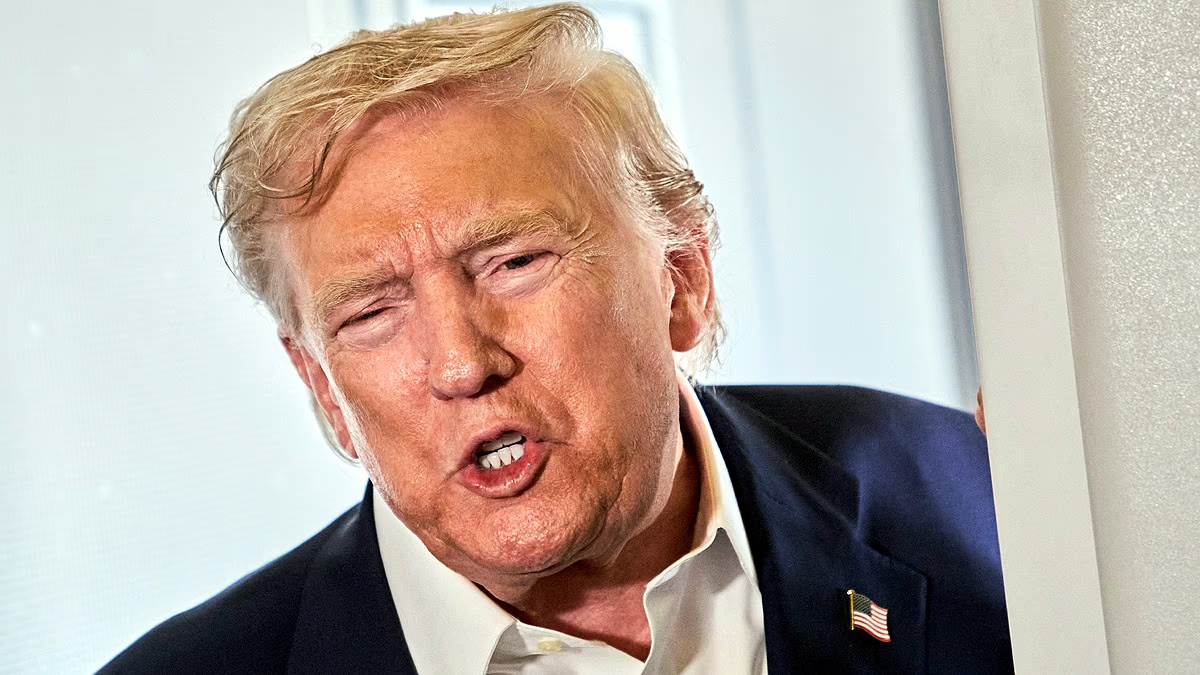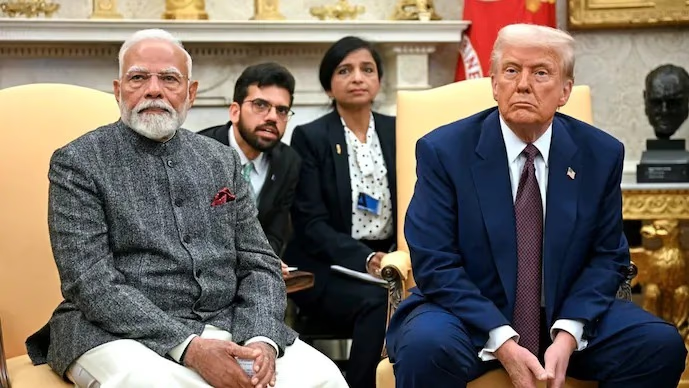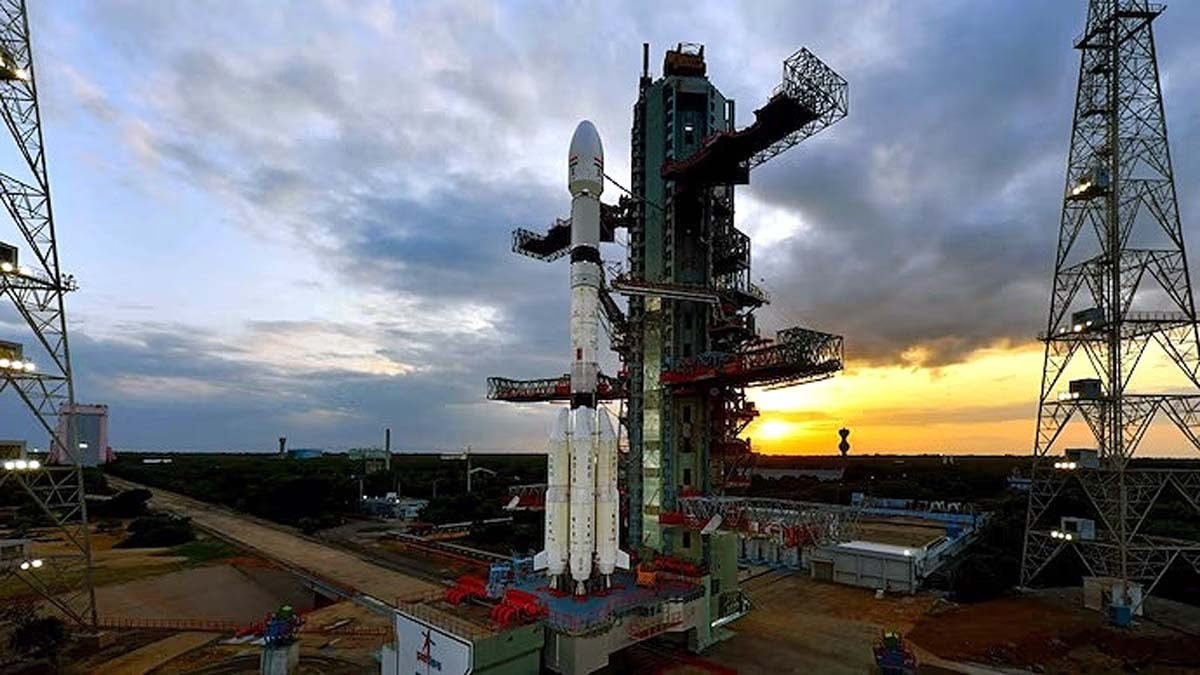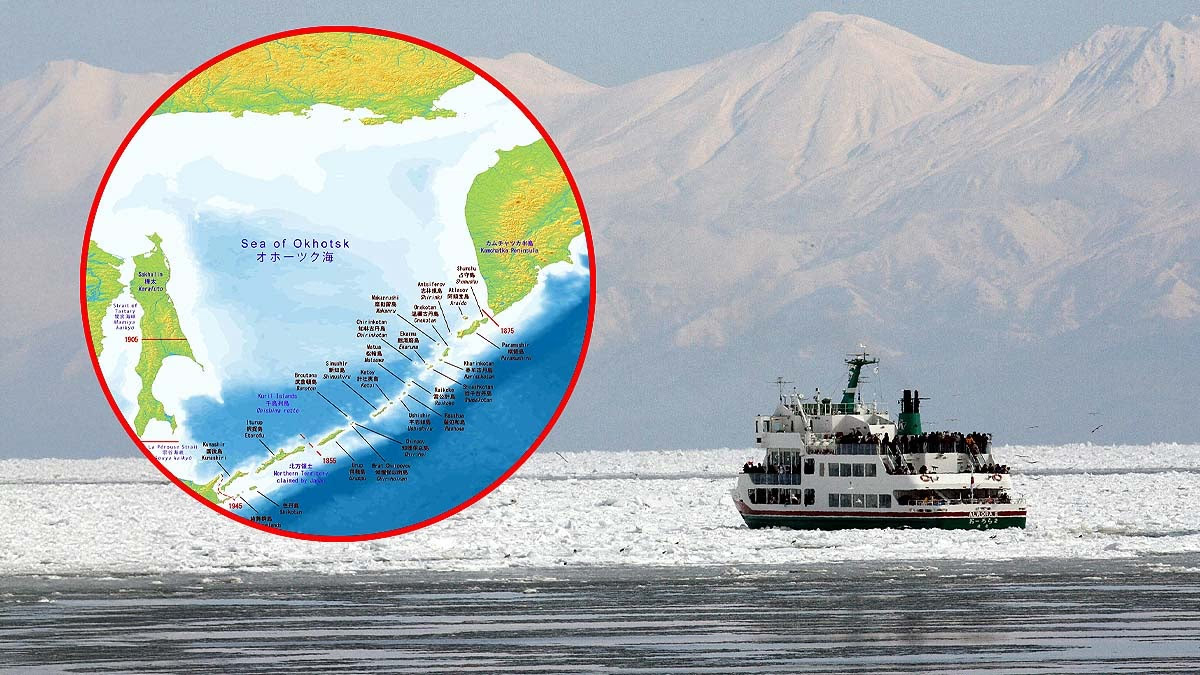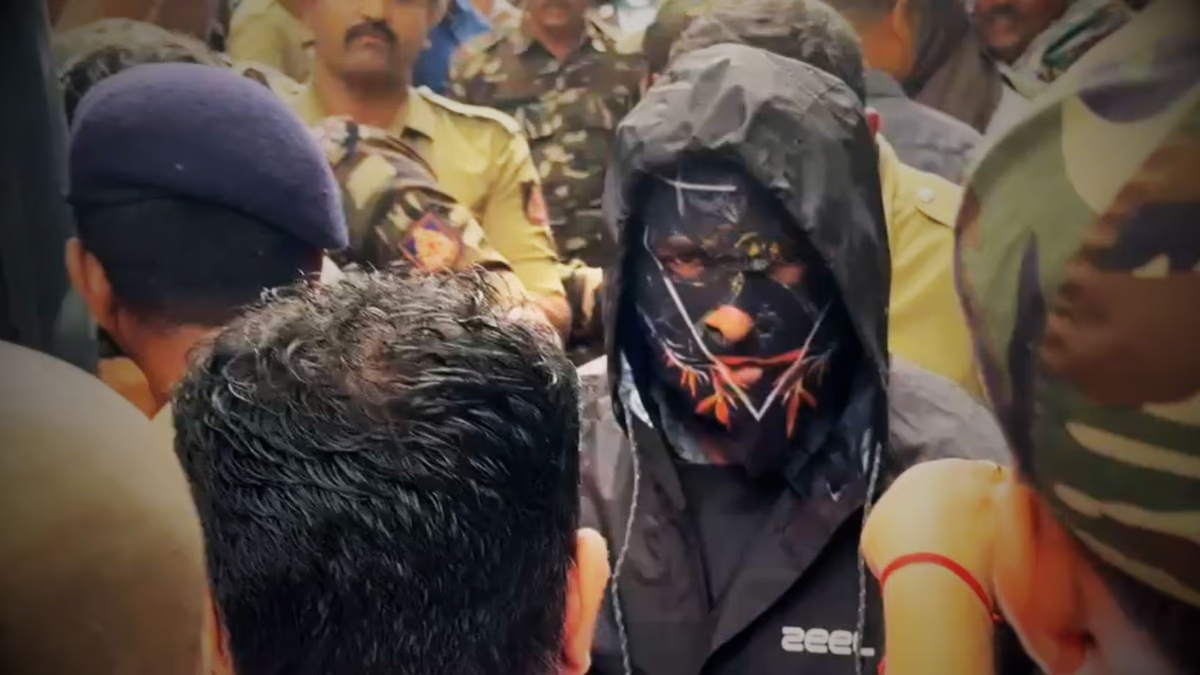U.S. President Donald Trump is not pleased with the growing trade between India and Russia, especially regarding oil and defense deals. He's threatening to impose high tariffs on countries that trade with Russia, like India and China. This tariff could affect Indian exports such as pharmaceuticals, textiles, and IT services, with a staggering 25% tariff already in place.
India-Russia Defense Trade: How Much and What?
The defense relationship between India and Russia is longstanding. Russia is India’s most trusted arms supplier since the 1960s. Even today, a significant portion of the weaponry and equipment used by the Indian military comes from Russia. Let's explore some key deals and statistics...
You might find this interesting:
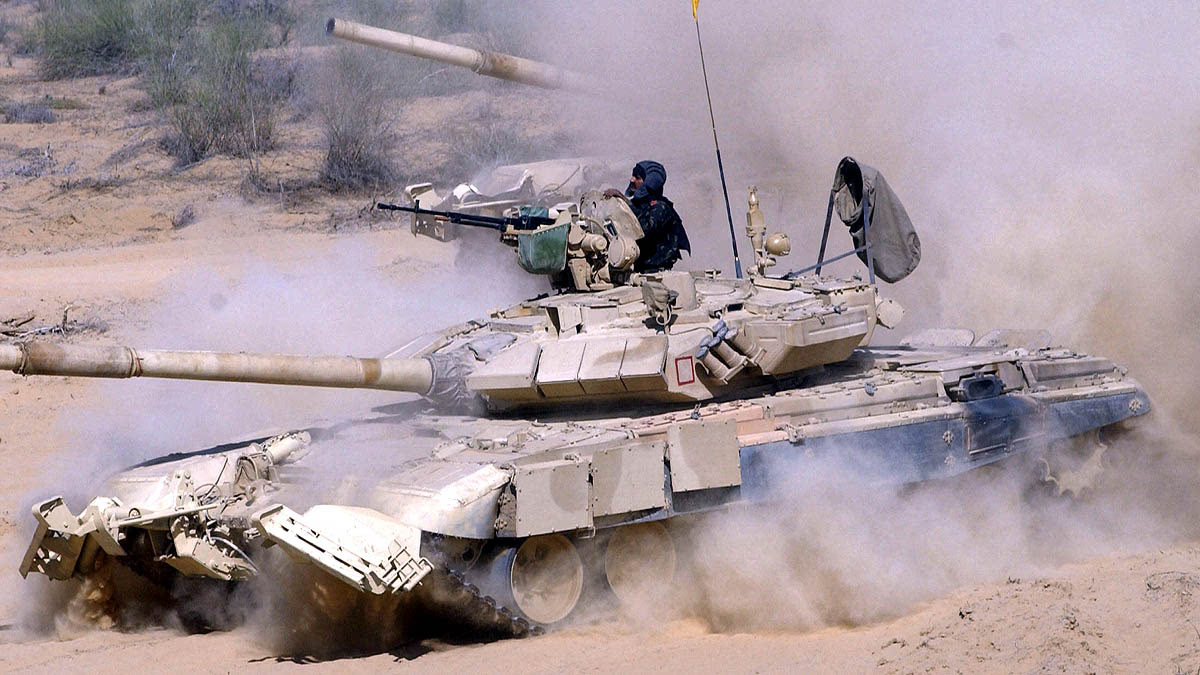
Source: aajtak
Volume and Share
According to the Stockholm International Peace Research Institute (SIPRI), 49% of India’s total arms imports were from Russia between 2019-2023.
The annual India-Russia defense trade is between $2-3 billion, forming a significant part of India's defense imports.
In 2024-25, the total bilateral trade between India and Russia stood at $68.7 billion, heavily contributed by defense and oil.
You might like:
Major Defense Deals
S-400 Missile Defense System:
In 2018, India agreed to purchase 5 S-400 systems from Russia for $5.43 billion to strengthen its air defense. Deliveries started in 2021.
Mig-29 and Sukhoi-30 MKI Jets:
India’s air force boasts over 260 Sukhoi-30 MKI jets acquired from Russia, alongside MiG-29 and MiG-21 fighter aircraft.
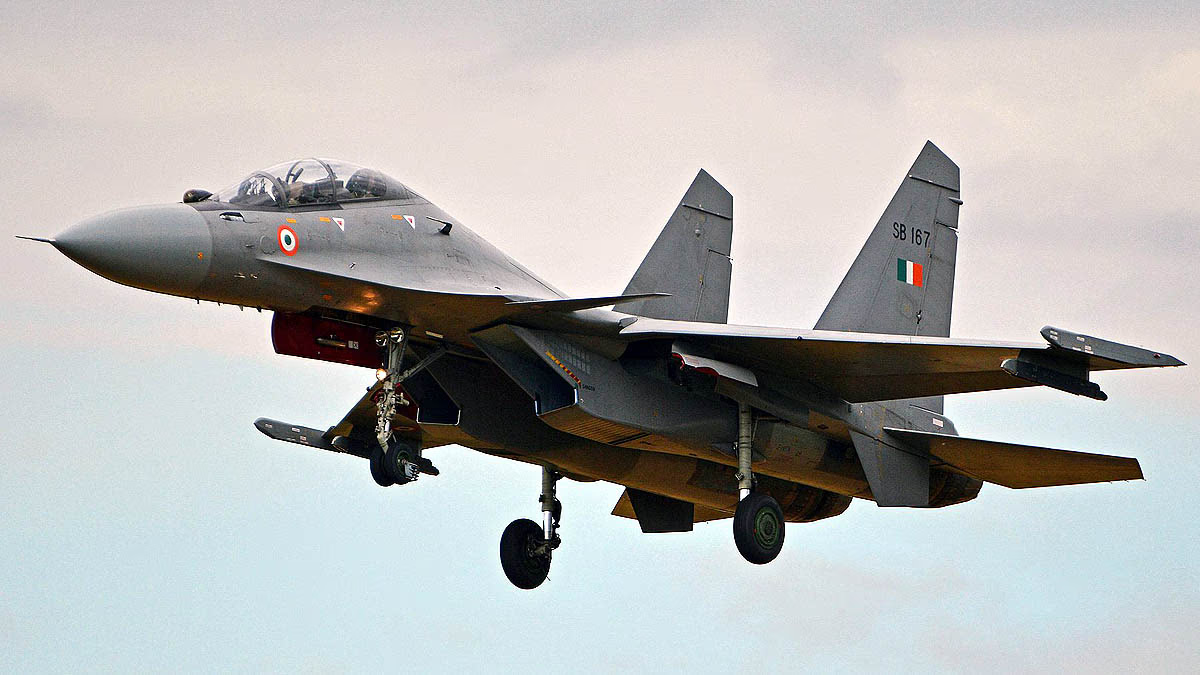
Source: aajtak
T-90 Tanks:
The Indian army operates over 1,000 T-90 tanks, also procured from Russia, valued in billions.
Naval Armaments:
Russia has supplied India with kilo-class submarines, Talwar-class frigates, and BrahMos missiles, co-developed with Russia.
AK-203 Rifles:
In 2019, India inked a deal to purchase 750,000 AK-203 rifles from Russia, 70,000 of which will be imported, with the remainder produced locally, costing around $1 billion.
Additional Collaborations
Russia provides spare parts, maintenance, and technology transfer for Indian weapons. They jointly develop and export BrahMos missiles, now sold to countries like the Philippines.
You might find this intriguing:
Why is Trump Upset?
Trump’s discontent stems from two main issues...
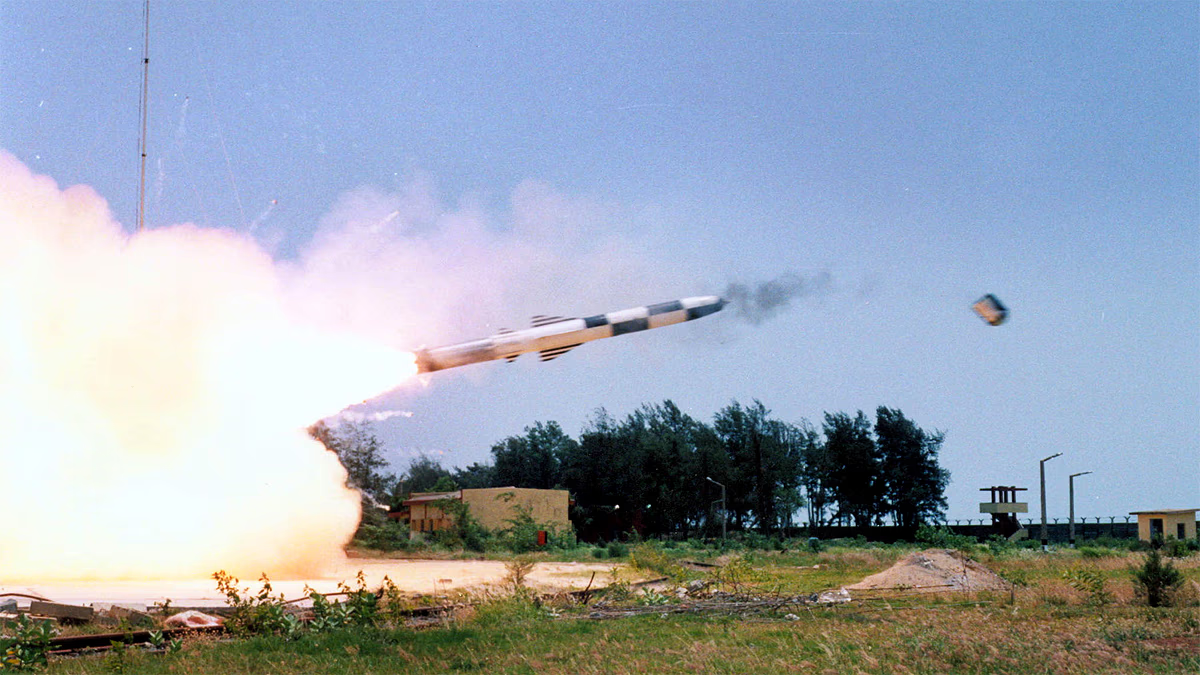
Source: aajtak
Russia-Ukraine War and Oil Trade:
Despite Western sanctions post-2022 Russia-Ukraine conflict, India and China continue buying cheap oil from Russia. In 2024-25, India procured 43.2% of its oil from Russia, significantly meeting its energy needs.
Trump argues that this oil trade fuels Russia’s war efforts. He desires a peace accord between Russia and Ukraine, leveraging 500% tariffs on Russia's trade partners to pressure compliance.
You might like:
Defense Trade Concerns
America is displeased with India’s S-400 purchase from Russia. The 2017 CAATSA law imposes sanctions on countries buying arms from Russia, Iran, and North Korea. Though initially threatened, India received a waiver but Trump aims to halt any Russia-related trade.
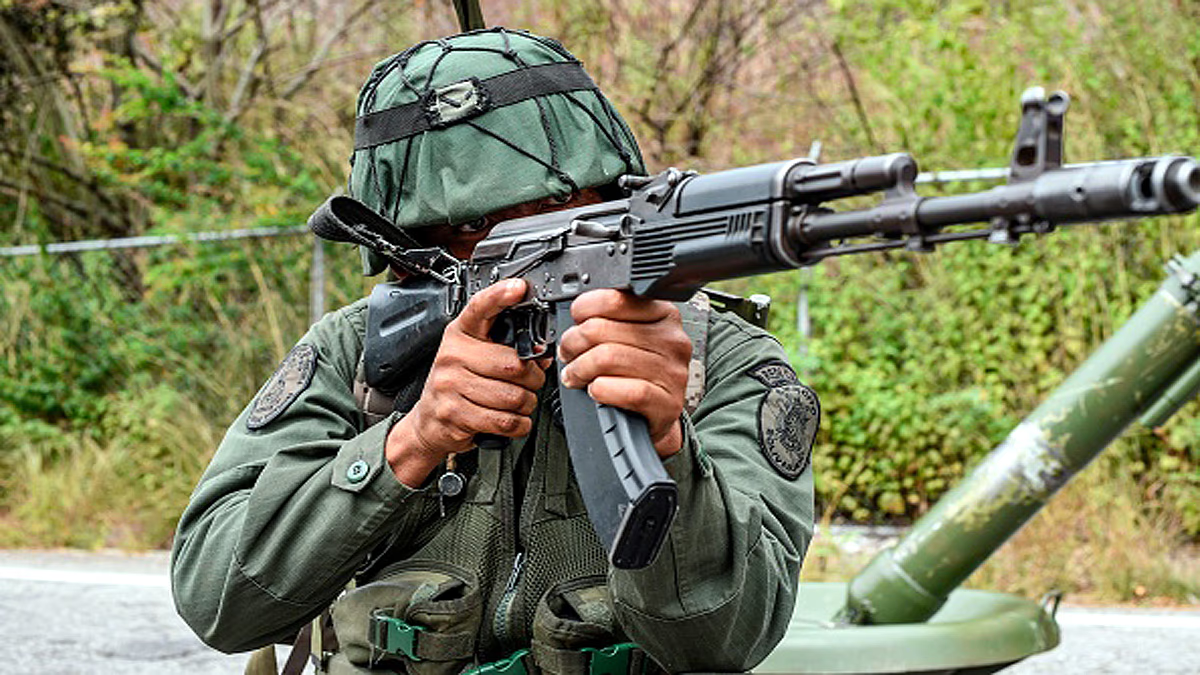
Source: aajtak
Tariff Threats
Trump supports a bill introduced by Senator Lindsey Graham to impose a 500% tariff on countries trading with Russia like India and China. This would mean higher costs for Indian exports like pharmaceuticals, apparel, and IT services in the U.S., significantly affecting trade. This bill, supported by 84 senators, could be introduced in the U.S. Senate by August 2025.
Why is the India-Russia Defense Trade Vital?
Many factors make this trade indispensable for India...
Affordable and Reliable Arms: Russia offers arms at lower prices compared to the U.S. or Europe.
Historical Ties: India’s military relies on Russian technology. Spare parts and maintenance are Russian-led.
Technology Transfer: Russia shares technology like the BrahMos missile and AK-203 rifles, produced in India.
Geopolitical Balance: Maintaining ties with Russia helps India balance between the U.S. and China, integral to India’s strategy.
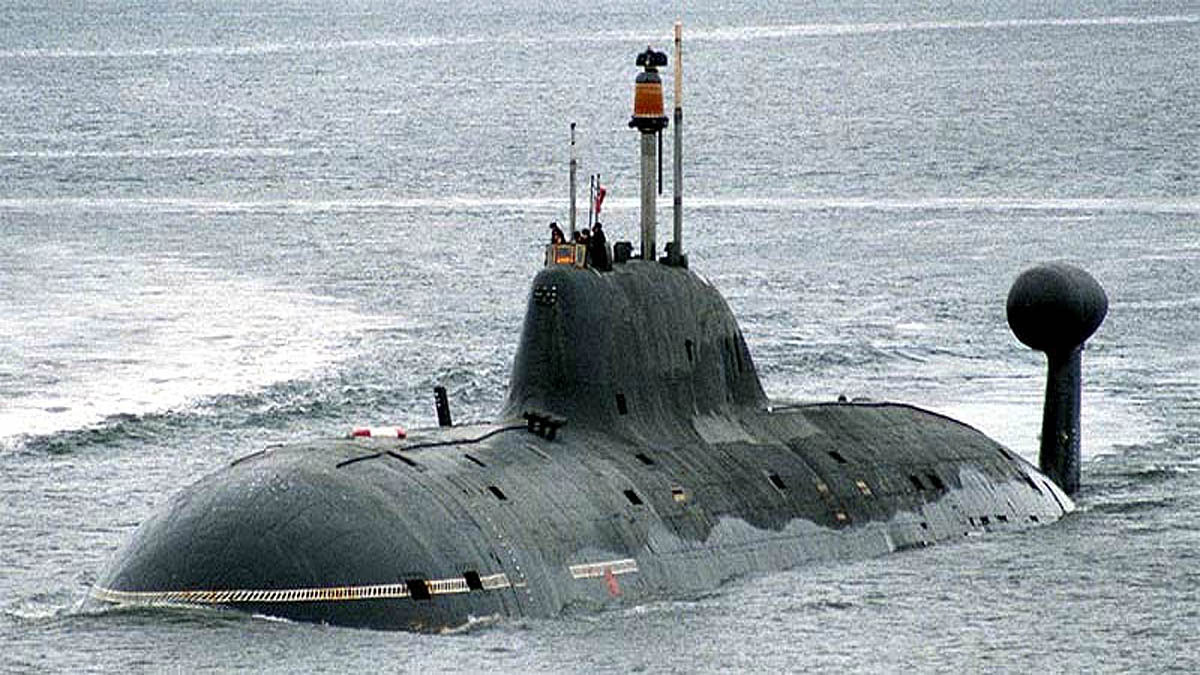
Source: aajtak
Impact of Tariffs on India
Should Trump’s tariffs proceed, India faces several challenges...
Export Decline: India exports $83 billion worth of goods to the U.S. (2024-25), including drugs, textiles, and IT services. Tariffs could make these too costly, reducing export volume.
Inflation: India benefits from cheap Russian oil. Loss of this line means buying more costly oil, increasing gas and product prices.
Defense Deals Jeopardized: Weapons procurement from Russia may stumble, and U.S. arms are costlier.
Diplomatic Pressure: India must enhance diplomacy with the U.S. to negotiate tariff relief. Already, India has upped purchases of American oil and gas.
You might find this interesting:
India's Strategy
India is adopting multi-pronged strategies to address this predicament...
Diplomacy: Foreign Minister S. Jaishankar is negotiating directly with Senator Graham to safeguard India's interests.
Alternative Sources: India is increasing oil imports from the U.S., Africa, and Latin America. By June 2025, U.S. oil imports reached 439,000 barrels per day.
Defense Diversification: India is sourcing arms from France, Israel, and the U.S. Examples include French Rafale jets and American Predator drones.
